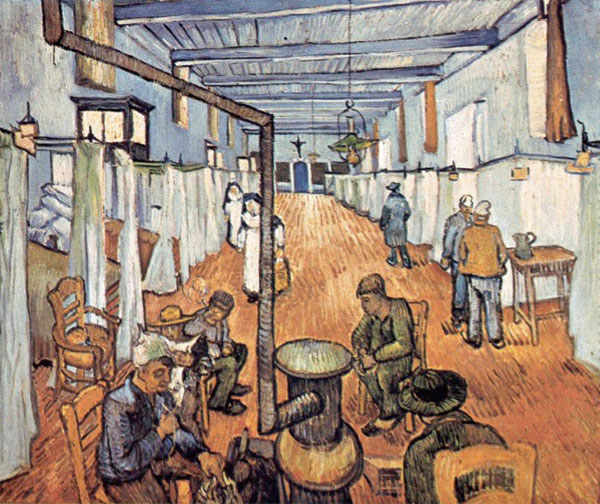Nursing care in emesis in oncohaematological patients
Abstract
Emesis not only the onset of vomiting associated with chemotherapy treatment but the arches and nausea, which is the feeling of desire vomiting, digestive distress and inability to retain vomiting, even When this does not occur.
The main problem is that it deteriorates the quality of life of patients and even, in some cases, endangers his life. Hence the importance of its perception and treatment, although the best measure is prevention.
It is one of the best known toxic effects by patients before starting treatment and one of the most feared. Therefore, this study seeks to analyze the response to antiemetic prophylaxis in the acute phase (AF) and delayed (FR) in haematological patients with chemotherapy.
It includes patients treated with intravenous cytostatic between January and October 2008. 14 patients were treated, with the following diagnoses: Hodgkin lymphoma, multiple myeloma, non-Hodgkin's lymphoma and chronic lymphocytic leukemia. 84 Surveys are delivered (66 processed). Among the conclusions to be drawn is that we see a good response to chemotherapy in both FA and FR. Haematology is reviewed along with the protocol of antiemetic regimen for highly emetogenic chemotherapy in FMD, where there was 21% non-response.
Downloads
-
Abstract5000
-
PDF (Español (España))1151
The works published in this magazine are subject to the following terms:
1. The Publications Service of the University of Murcia (the publisher) preserves the copyright of the published works, and encourages and allows the reuse of the works under the license for use stated in point 2.
© Servicio de Publicaciones, Universidad de Murcia, 2011 (© Publications Service, University of Murcia, 2011)
2. The works are published in the electronic edition of the journal under Creative Commons Reconocimiento-NoComercial-SinObraDerivada 3.0 España(texto legal) “ a Attribution-NonCommercial-NoDerivatives 3.0 Spain license (legal text)”. They can be copied, used, broadcasted, transmitted and publicly displayed, provided that: i) the authorship and original source of their publication (journal, publisher and URL) are cited; (ii) are not used for commercial purposes; iii) the existence and specifications of this license is mentioned.
3. Conditions of self-archiving. Authors are allowed and encouraged to electronically disseminate the pre-print (pre-reviewed ) and / or post-print (reviewed and accepted for publication) versions of their works prior to publication, as it ensures a wider circulation and dissemination which may lead to a possible increase in its mention and a higher scope among the academic community. RoMEO color: green.













